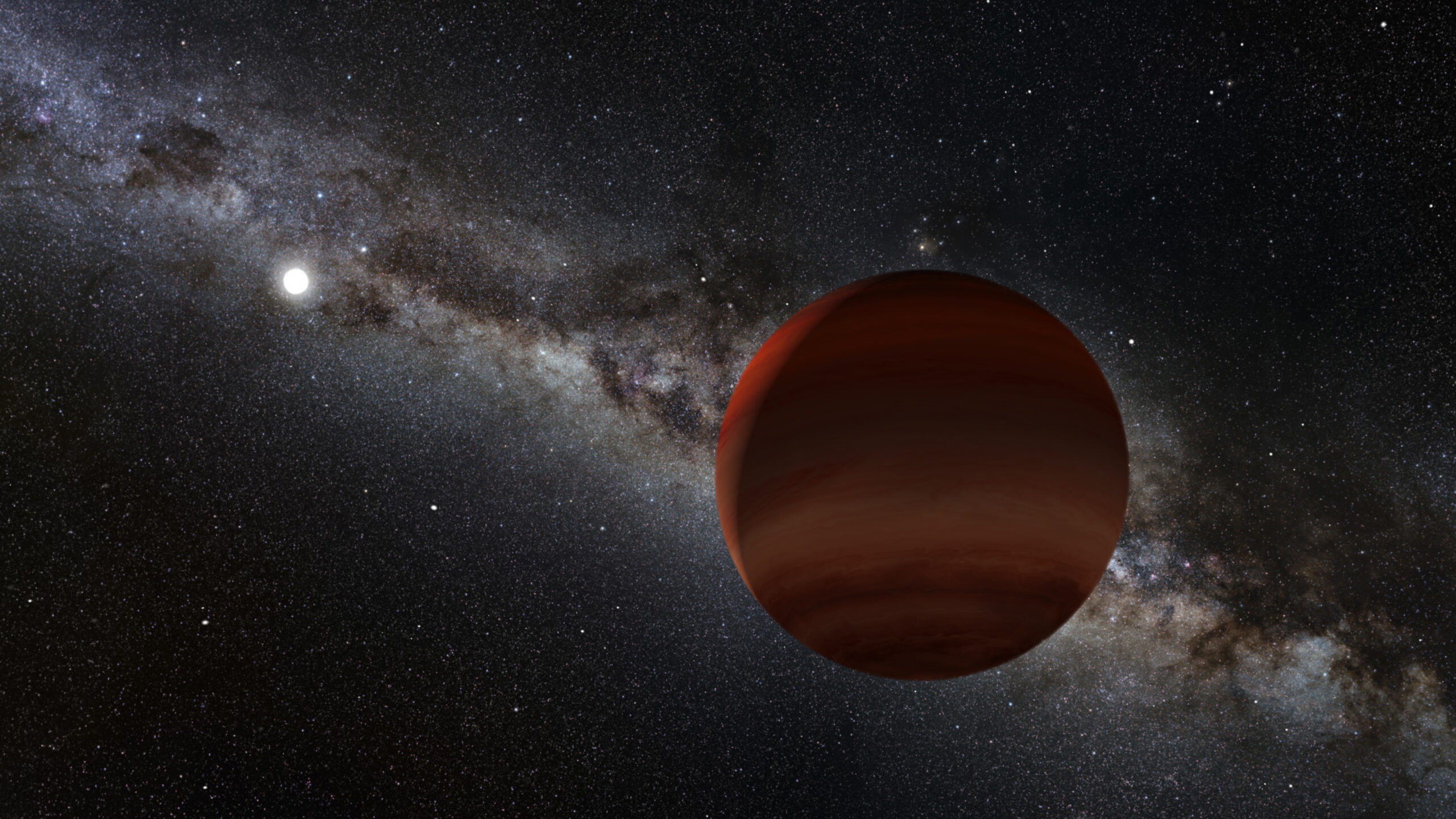We’ve never met a portion of the Sun’s nearest neighbors up to this point. In another investigation, space experts report the revelation of 95 articles known as brown dwarfs. These are numerous inside two or three dozen light-long stretches of the Sun. They’re well outside the nearby planetary group. So they don’t encounter heat from the Sun. Yet, at the same time possess a locale stargazers think about our grandiose neighborhood. This assortment speaks to the absolute coldest known instances of these articles. They are between the measures of planets and stars.
Individuals from general society helped make these revelations through Backyard Worlds: Planet 9. It is a NASA-supported resident science venture that is a joint effort among volunteers and expert researchers. Lawn Worlds fuses information from NASA’s Near-Earth Object Wide-Field Infrared Survey Explorer (NEOWISE) satellite alongside all-sky perceptions gathered somewhere in the range of 2010 and 2011 under its past moniker, WISE. Information from NASA’s resigned Spitzer Space Telescope and the offices of the National Science Foundation’s NOIRLab were likewise instrumental in the investigation.
Why these brown dwarfs are significant?
Brown dwarfs are not huge enough to control themselves like stars. But they are as yet commonly heavier than planets. In spite of their name, brown dwarfs would really seem red or orange-red to the natural eye whenever seen close up. While brown dwarfs can be very hot, even a large number of degrees Fahrenheit, a large number of the newfound ones are colder than the breaking point of water. Some even methodology the temperature of Earth. They are sufficiently cool to hold water mists.
Brown dwarfs with low temperatures are likewise little in width. In this manner they black out in noticeable light. In any case, they emit heat as infrared light. It is imperceptible to the natural eye yet perceptible by telescopes, for example, NEOWISE and Spitzer. For cold brown dwarfs like those in this investigation, the infrared sign is likewise black out. So they are simpler to locate the closer they are to our nearby planetary group.
How proficient researchers and resident researchers teamed up?
To help discover our Sun’s coldest, closest neighbors, the expert cosmologists of the Backyard Worlds venture went to an overall system of in excess of 100,000 resident researchers. These volunteers constantly assess trillions of pixels of telescope pictures to recognize the unobtrusive developments of brown dwarfs. In spite of the capacities of AI and supercomputers, there’s not a viable replacement for the natural eye. It is with regards to scouring telescope pictures for moving articles. For this new gathering of brown dwarfs, 20 resident researchers across 10 unique nations are recorded as coauthors of the examination.
The new Backyard Worlds disclosures additionally underscore Spitzer’s spearheading inheritance of uncovering the Sun’s coolest neighbors. NASA’s imminent James Webb Space Telescope will likewise be an amazing asset for looking at brown dwarfs for additional bits of knowledge into these secretive articles and what they can uncover about the development of planets and their climates.

